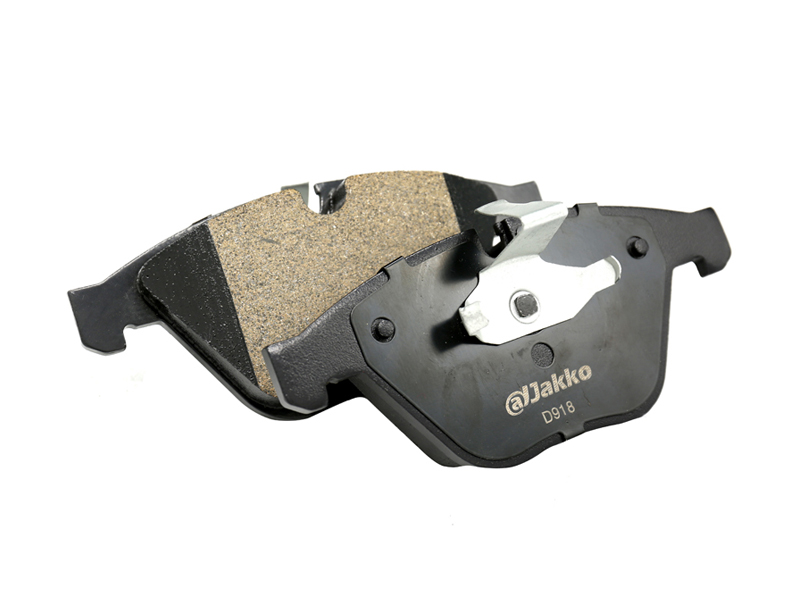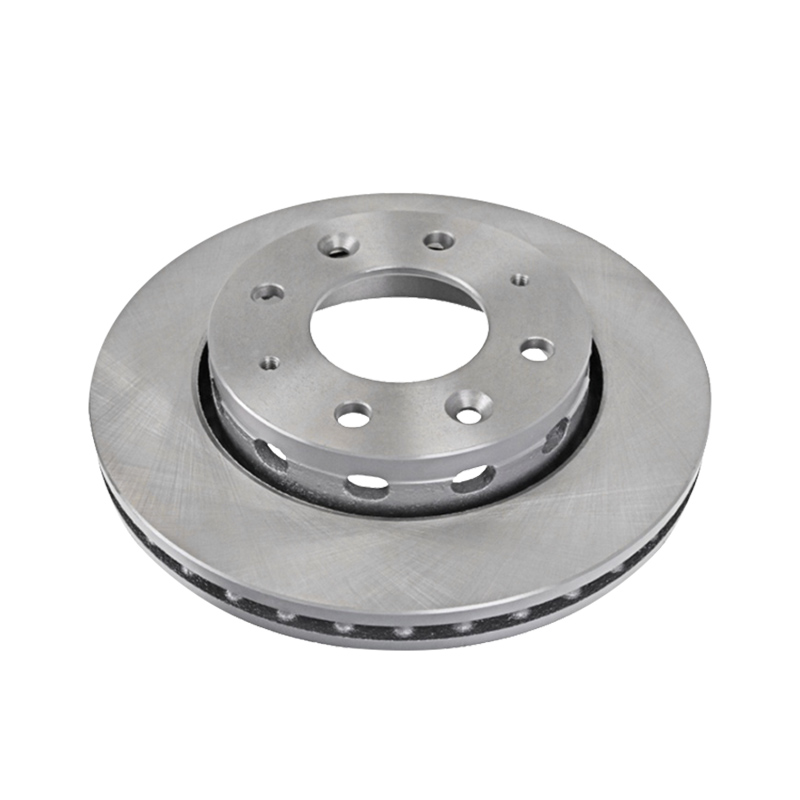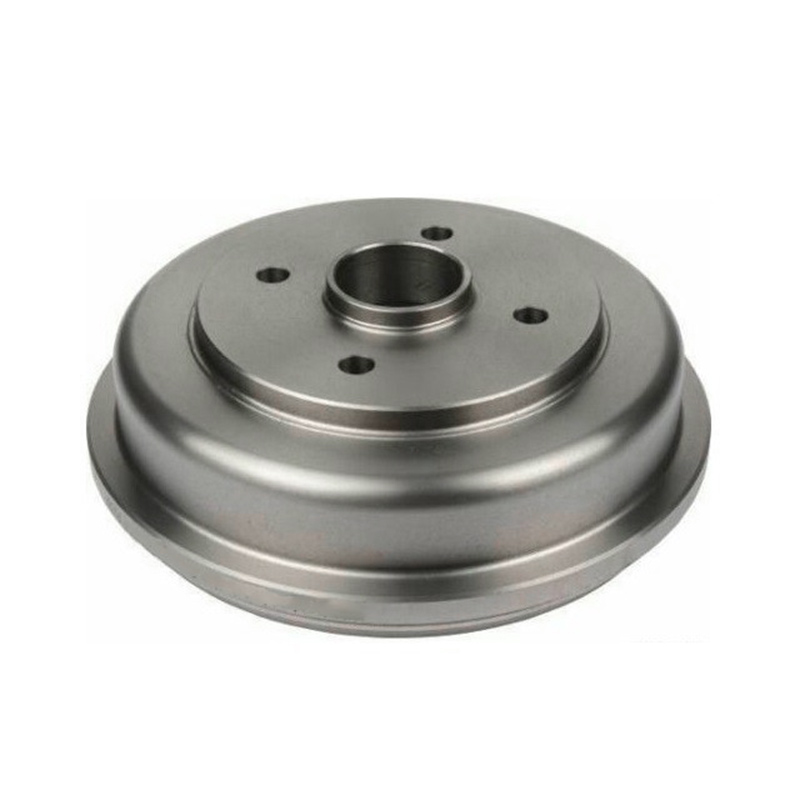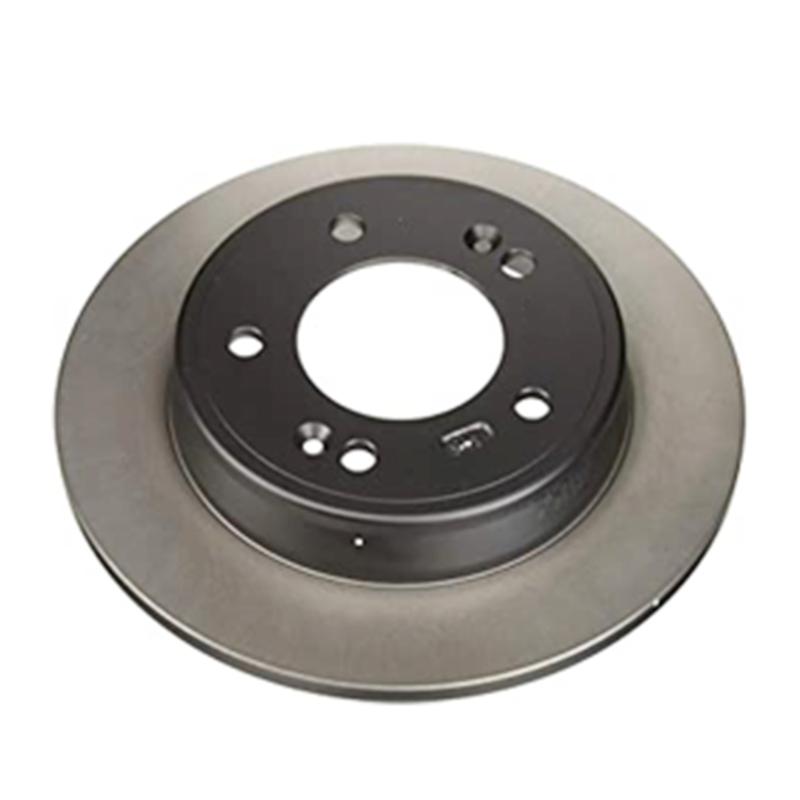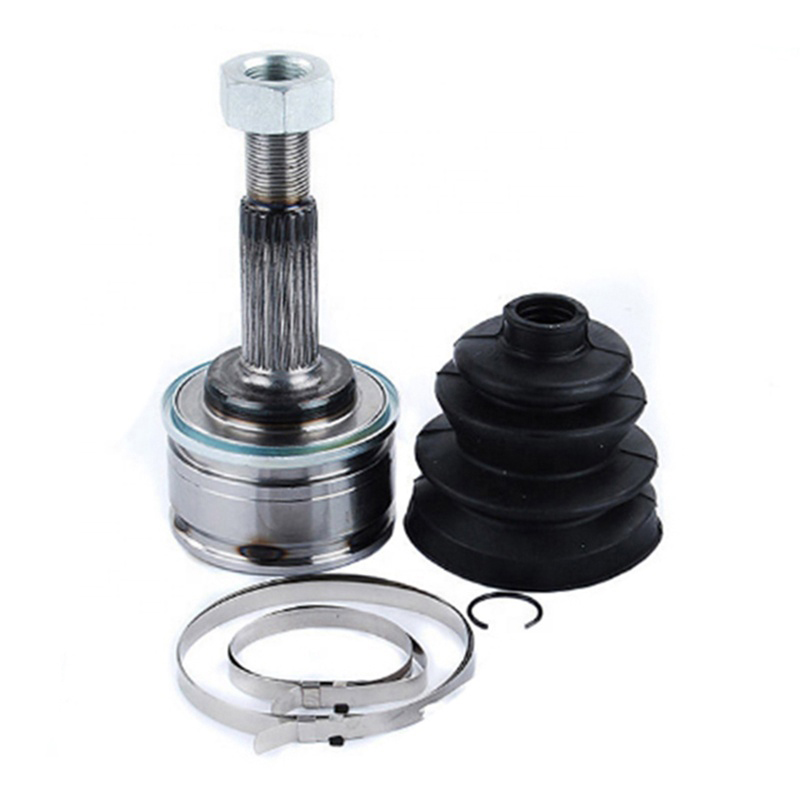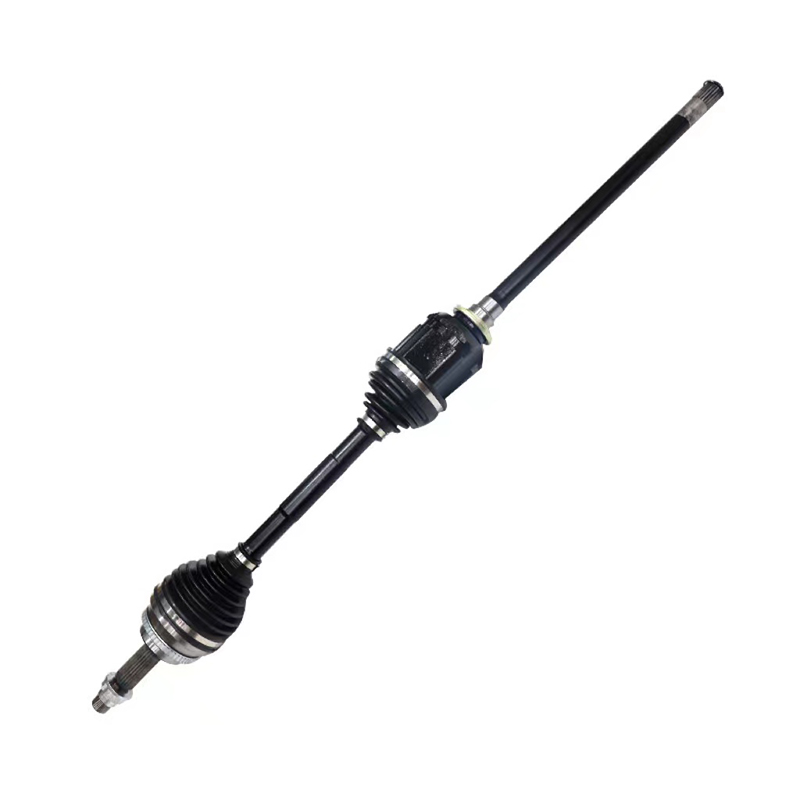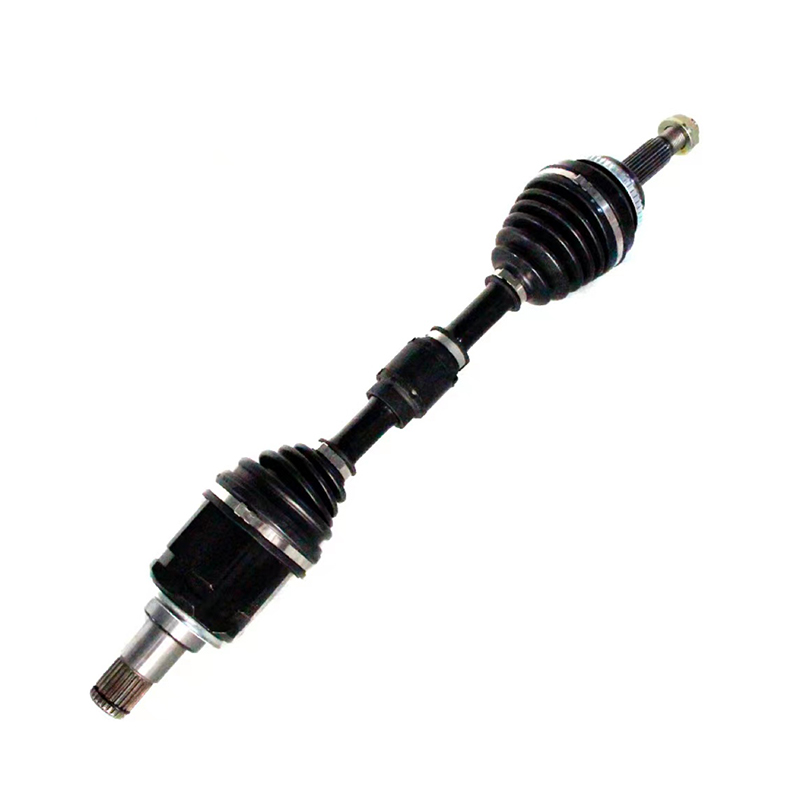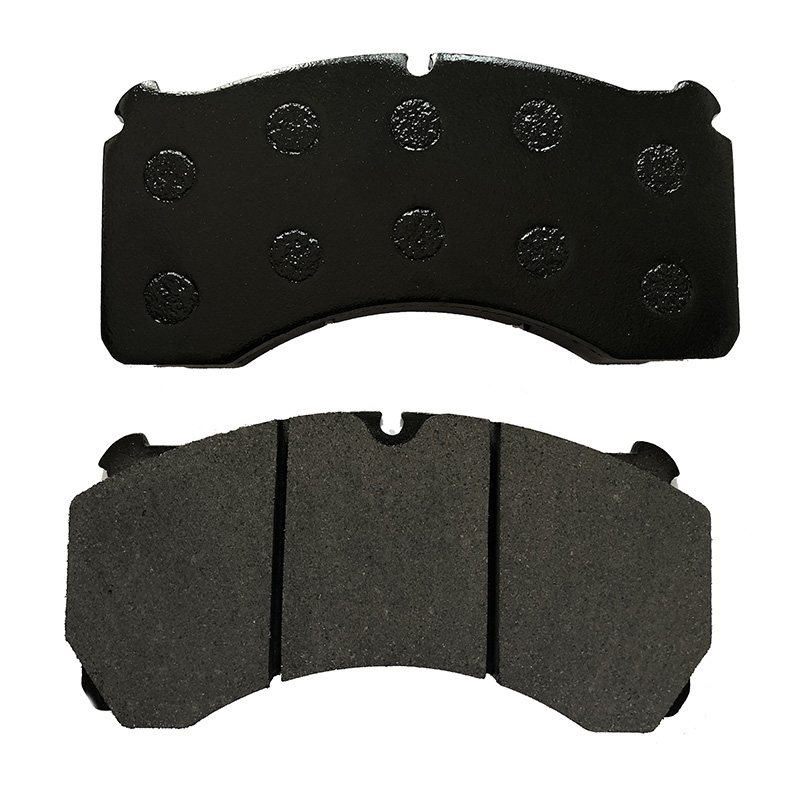The longevity of a
drive shaft, like any mechanical component, can be influenced by various factors related to its design, usage, maintenance, and environmental conditions.
Understanding these factors is crucial for maximizing the life of a drive shaft and preventing premature failures. Here are key factors that can affect the longevity of a drive shaft:
Material Quality: The quality of materials used in the construction of the drive shaft significantly impacts its longevity. Drive shafts are typically made of high-strength steel or other durable materials. High-quality materials are less prone to wear, corrosion, and fatigue.
Design and Engineering: The design and engineering of the drive shaft, including the choice of universal joints, yokes, and splines, play a crucial role. A well-designed drive shaft that can accommodate the expected loads and angles of operation will have a longer lifespan.
Load and Torque: The magnitude of the loads and torque the drive shaft is subjected to during operation is a critical factor. Excessive loads or torque beyond the drive shaft's rated capacity can lead to premature wear, deformation, and failure.
Operating Conditions: Environmental conditions, such as temperature, humidity, and exposure to corrosive substances, can affect drive shaft longevity. Extreme temperatures and exposure to moisture and chemicals can lead to corrosion and degradation of materials.
Alignment and Balance: Proper alignment of the drive shaft and balance of its components are essential for longevity. Misalignment or imbalance can lead to uneven wear, vibration, and premature failure.
Maintenance Practices: Regular maintenance, including inspection, lubrication, and tightening of fasteners, is crucial for drive shaft longevity. Neglecting maintenance can lead to issues that reduce the lifespan of the drive shaft.
Operating Speed: The speed at which the drive shaft operates can impact its life. High-speed operation can generate heat and wear on components, especially the universal joints.
Frequency of Use: The frequency with which the drive shaft is in use can affect its life. Constant use, especially in high-stress applications, may lead to faster wear and fatigue.
Shock Loads and Impact: Sudden shock loads or impact forces, such as those encountered in off-road vehicles or heavy machinery, can reduce the life of a drive shaft.
Environmental Factors: Exposure to harsh environmental conditions, including dust, mud, salt, and water, can accelerate wear and corrosion of drive shaft components.
Proper Installation: Correct installation, including precise alignment and torque of fasteners, is crucial for drive shaft longevity. Improper installation can lead to premature wear and failure.
Drive Shaft Length: Longer drive shafts may experience more flexing and torsional stress, potentially affecting their life. Proper design and materials selection are essential for longer drive shafts.
Balancing: Unbalanced drive shafts can experience excessive vibration and wear. Proper balancing during installation or maintenance is critical.
Material Fatigue: Over time, materials used in drive shafts can experience fatigue, leading to cracks or failure. Regular inspections can help identify signs of material fatigue.
By addressing these factors and following recommended maintenance practices, operators and maintenance personnel can extend the life of drive shafts and reduce the likelihood of unexpected failures, which can result in downtime and costly repairs. Regular inspections,
lubrication, and adherence to manufacturer guidelines are key to maximizing drive shaft longevity.

